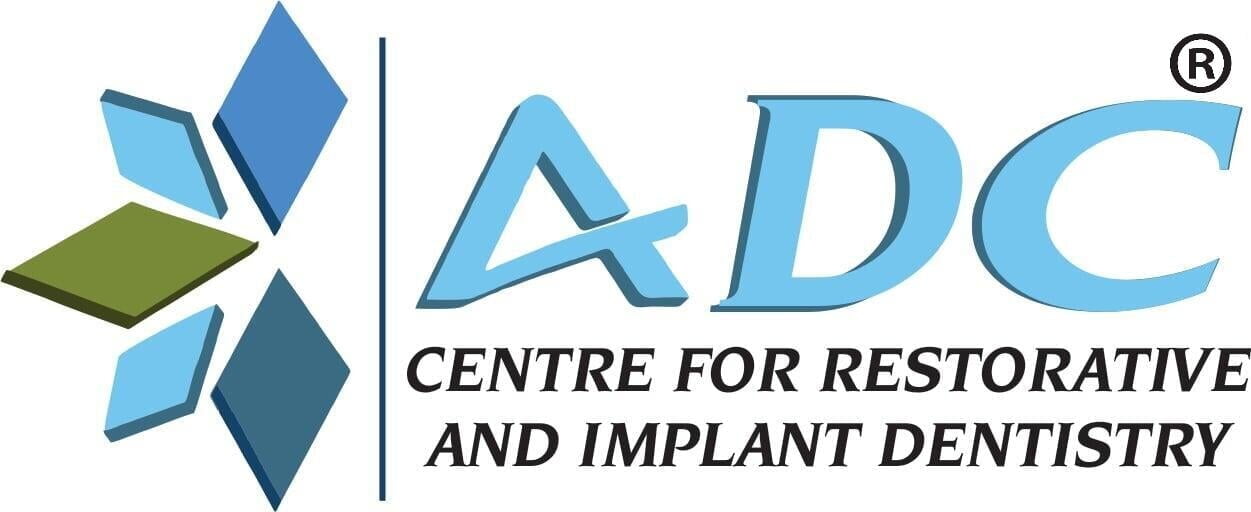Most people are well aware that two times a day brushing and flossing of teeth is highly recommended by Dentists. However, when we asks patients to use Water Floss, the first Question asked by many people is whether water flossing is an alternative solution to conventional flossing.
Flossing
Only Brushing the teeth (Not using Flossing in conjugation with Brushing) has often been found to be ineffective in removal of food or plaque that is in between the two teeth or below the gum line. Flossing is recommended as it is an affordable and easy way to remove plaque and food particles that a toothbrush is unable to reach.
The process of flossing involves uses a small piece of specialized waxed string that is passed in between each of the teeth. This string is then gently scraped up and down along the surface of the tooth to remove plaque and food particles off of the tooth and out from under the gums.

Advantages
- It is a very effective method.
- It is economical
- Easily available from any pharmacy.
Disadvantages
- Technique Sensitive
- Difficulty to reach some areas of the mouth
- Can cause bleeding or tear of gums if over pressure is used
- Can lead to increased Tooth sensitivity
- Difficult sometimes to handle
- Handicapped people are unable to use.
Flossing Technique
- Flossing is a relatively simple process. Your dentist can be a great source for information on these procedures. Please do not hesitate to visit or ask your Dentist if you are unable to Floss or Need the Flossing technique training.
For Flossing an Individual should
- Cut a piece of Dental floss measuring approximately 18 inches in length and wind the ends around the middle fingers of both hand.
- Grab the floss with pencil grip between the first fingers of both hands and the thumbs, leaving about 1-1.5 inches free floss between both the hands.
- Tighten the Floss between both hands and gently use the index finger to place or guide the Dental floss between two adjacent teeth. Once the Floss is placed between the two teeth use a gentle back and forth sliding motion along the surface of the tooth.
- Gently along the surface of tooth and beneath the Gums you can now slide the Dental floss in up and down Motion without exerting any extra pressure.
- You can start with the bottom front teeth and then move to the other side and repeat the procedure for the upper teeth.
Water Flossing
Water Flossing is also known as water Piking and is different to the conventional flossing explained above. In Water Flossing, a special device is used that directs a pressure stream of water between the two adjacent teeth and gums. Water Flossing uses the pressure of Water to remove the food and plaque deposited along the surface of teeth instead of surface scraping motion in conventional Floss.
Advantages
- Water Floss is easy to use,
- Patients with braces and Dental Implants should mandatorily use Water Floss.
- The pressure of water also improves and stimulates gum health
Disadvantages
- Water Flosser can be expensive.
- Often require the use of Distilled Water
Watch the video to understand how Water Flosser works. Click Here
How to use Water Flosser
It is important that all the patients and users read the instructions provided by the water floss manufacturers thoroughly before the use.
Step by Step Process to use Water Floss are:
- Most of Water Flosser Manufacturers provide 2-3 tips along with the Water Flosser.
- Place a Single tip into the Device holder. Fill the reservoir of the device with Luke warm water and place it back.
- Adjust the pressure of the water with Pressure control. It is highly recommended to start with low pressure and then move to the higher pressures if required.
- Place the tip close to the junctional area of the two adjacent tooth surfaces with the lips closed and turn the device on.
- Start with the Posterior teeth (Back Teeth). Gently move the tip of the device along the Gum Line.
- You can pause the device and spit the extra water into the sink.
- Once you have successfully water flossed all the teeth you can turn off the device, remove the tip, and then clean the device as per the instructions of the manufacturer.
Comparison
Often many patients ask which is better technique?
Scientific Studies (Journal of Clinical Dentistry ) comparing the efficacy of Water floss technique against the Convention Floss has been found to 22 percent more effective in Water Flossing. Scientific Studies have found 74.4 percent reduction in Plaque as compared to 57.7 percent with conventional Waxed Dental Floss. Studies have also indicated a greater reduction in the Gingivitis and incidence of Bleeding gums in patients using Water Floss.
So for better Oral Hygiene the following best practices are highly recommended:
- Twice a Day brushing
- Flossing after Meals (Preferably Water Floss)
- Visit the dentist regularly (Once in 6 Months)














